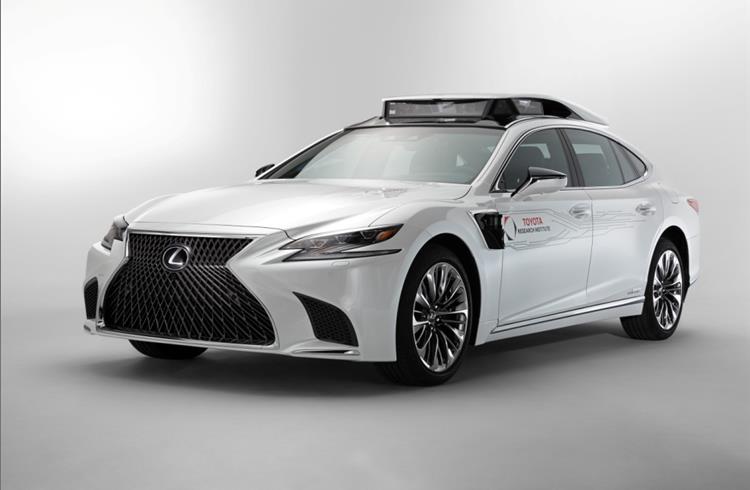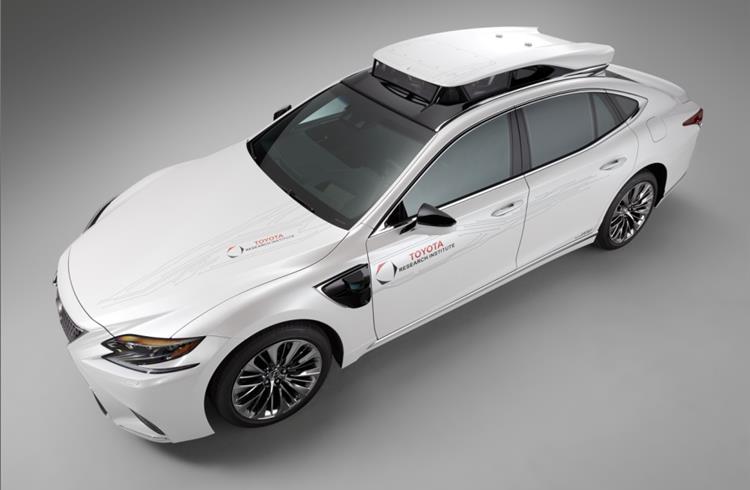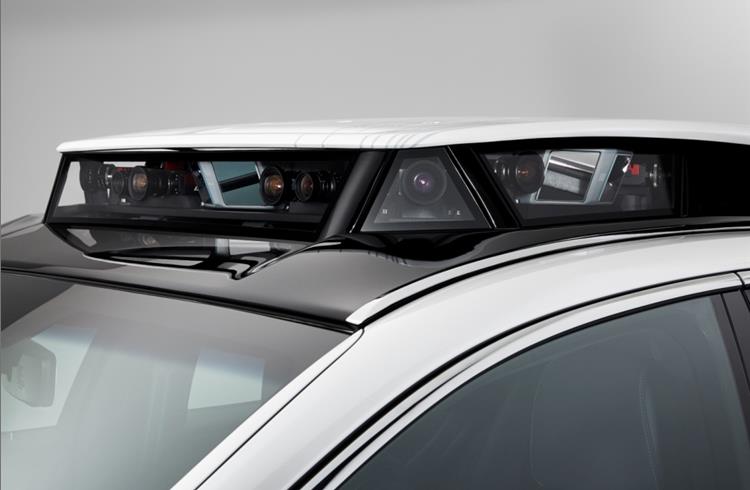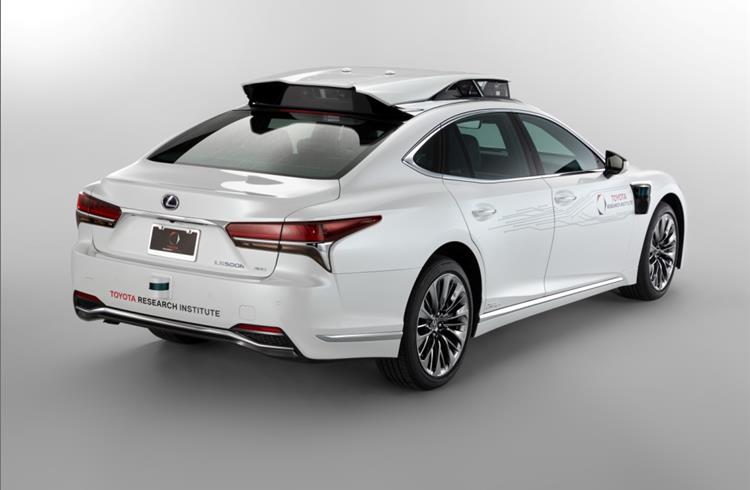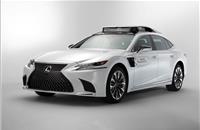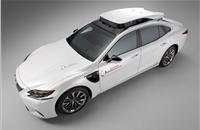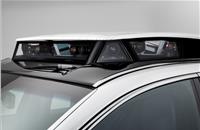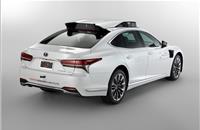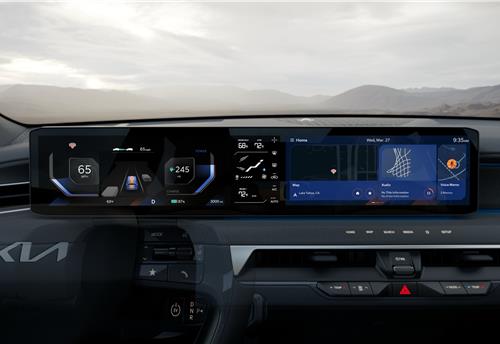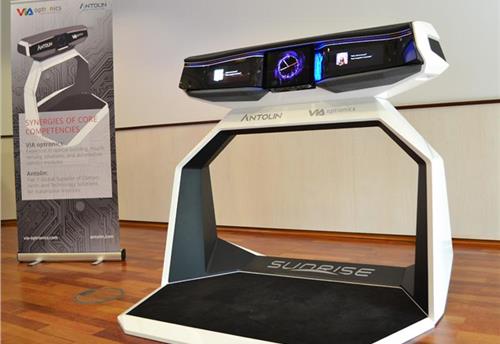Toyota to showcase P4 autonomous test car at CES 2019
The Toyota Research Institute developed P4 automated driving test vehicle will be displayed at CES 2019.
Toyota Research Institute (TRI), today announced that it will introduce the TRI-P4 automated driving test vehicle on January, 7 2018 at CES 2019. The vehicle is based on the all-new fifth-generation Lexus LS flagship sedan and will be used in TRI's two-track Guardian and Chauffeur automated driving system development.
"Our Chauffeur development is focused on full autonomy, where the human is essentially removed from the driving equation, either completely in all environments, or within a restricted driving domain. Guardian, on the other hand, is being designed to amplify human performance behind the wheel, not replace it. The introduction of the new P4 platform will help us accelerate the development of both tracks when it joins our fleet this spring," said Ryan Eustice, senior vice-president of automated driving at Toyota Research Institute.
Toyota says the P4 benefits from Lexus' new generation of chassis and steering control technology, which provides greater agility and allows for more responsive and smoother manoeuvres during automated driving.
The P4 gets two additional cameras to improve situational awareness on the sides and two new imaging sensors ― one facing forward and one pointed to the rear ― specifically designed for autonomous vehicles. The imaging sensors feature new chip technology with high dynamic range. The company further says the radar system has been optimised to improve the field of view, especially for close range detection around the vehicle perimeter. The LiDAR sensing system with eight scanning heads carries over from the previous test model, Platform 3.0, and morphs into the new vehicle design.
TRI states that the P4 is a much smarter research vehicle than its predecessor, with greater computing power, its systems can operate more machine learning algorithms in parallel for faster learning. Additionally, it can also process sensor inputs faster and react more quickly to the surrounding environment. All the computing system power is now drawn from the vehicle's hybrid battery with the 12v battery now serving only as a backup.
The compute box in the trunk, which serves as the 'brain' of the automated driving system, has been re-imagined. It is now tucked vertically against the rear seat transom, folding down to access the circuitry. This frees up the entire floor of the trunk for hauling cargo. TRI says it once again tapped CALTY Design Research in Ann Arbor, Michigan, USA to handle styling.
Scott Roller, senior lead designer at CALTY Design Research said, "We took a holistic approach to integrating autonomous componentry into the design of the new LS. The result is a fluid surface embracing advanced technology loosely inspired by science fiction in the graphic separations between form and function."
Toyota Motor North America (TMNA) R&D's Prototype Development Centre in York township, Michigan, USA will begin fabricating P4 vehicles from stock models in the first half of CY 2019.
RELATED ARTICLES
Marelli Talbros Chassis Systems wins Rs 1,000 crore business from European OEM
The order, to be executed over an eight-year period, is for the supply suspension arms tailored for both conventional in...
Kia launches customised NBA display themes for North American market
Display Themes is a customised service that supports a personalised vehicle experience, allowing users to customise the ...
Antolin and VIA Optronics unveil versatile vehicle cockpit concept
The Sunrise vehicle concept cockpit, which is engineered for seamless transitions between manual and autonomous driving ...





 By Autocar Pro News Desk
By Autocar Pro News Desk
 04 Jan 2019
04 Jan 2019
 7818 Views
7818 Views



